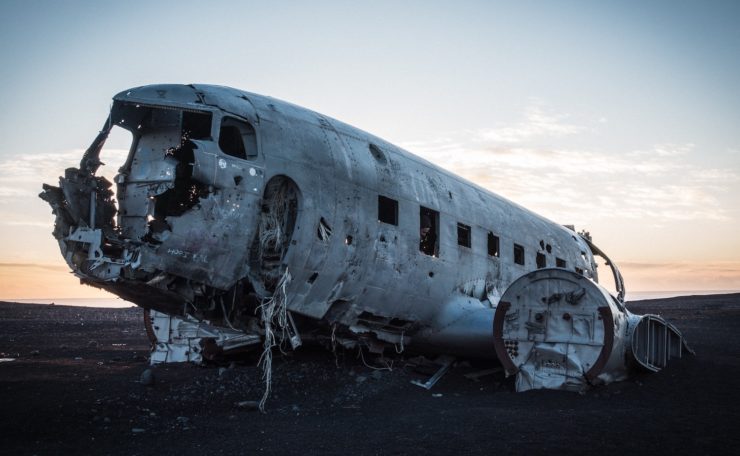Who doesn’t love a crashed spaceship? There is always a mystery, the promise of—what? Treasure? An alien monster hiding in wait? Maybe both! Something, at any rate, is there, in the ruined grandeur of a vast technological marvel. Who can resist it?
Not me, that’s for sure. I put one in Neom, my new SF novel from Tachyon, set in the world of Central Station. This one’s “the Compassionate Heaven, a cargo ship out from Mars on an Earth run,” which somehow crashed deep within the Sinai Desert, stories of treasure swirling round it for years. But when we find it, it has long been empty.
It’s one of those fun tropes, cropping up everywhere. I have a love of old SF, so these ships have been abandoned for a while! What’s your favourite? Here are five of mine.
The Nomad in Alfred Bester’s The Stars My Destination
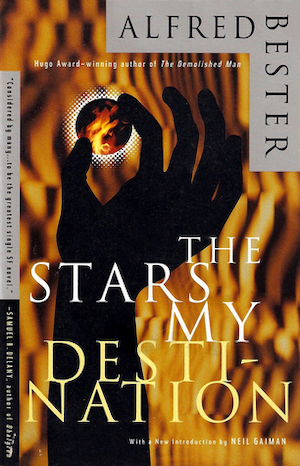
Is The Stars My Destination the greatest science fiction novel of all time ™? Does it matter? This Dickensian, extravagant nightmare of a future begins on the wreck of the Nomad, floating in space with one sole survivor, the notorious Gully Foyle, clinging on for dear life. But what crashed the Nomad? Why was Foyle not saved by the passing Vorga, piloted by the ruthless and beguiling Olivia Presteign? And what exactly was the precious cargo the Nomad was carrying? Foyle transforms himself into an engine of revenge to track down the culprits in a headlong rush that draws on The Count of Monte Cristo while serving as the blueprint for countless cyberpunk novels to come. And that doesn’t even start to scratch the surface.
The Martian starship in Richard K. Morgan’s Broken Angels
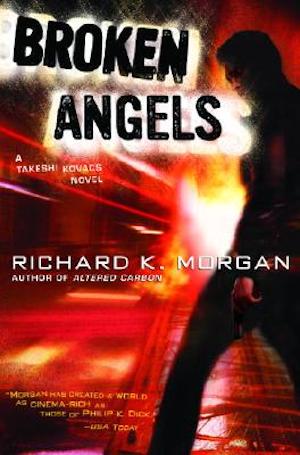
The follow-up novel to Morgan’s explosive debut Altered Carbon sees Takeshi Kovacs hired for a battlefield mission to first open up an alien portal, then take possession of a mysterious miles-long starship filled with winged, dead Martians. Which is all in a day’s work for Kovacs, of course. It’s such a tantalizing promise—will it open the galaxy up for humanity? Will it make life better all around? Not in a Richard Morgan novel it won’t. The recent Netflix adaptation skipped this one, which was a shame–but with anime versions in the works maybe we’ll still get to see it on the screen.
Progenitor Fleet in David Brin’s Startide Rising
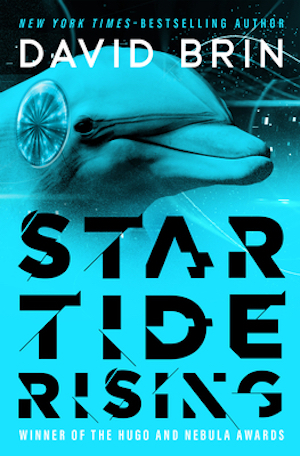
Brin doesn’t really do small. Why one ship when you could have, I don’t know, fifty thousand moon-sized alien ships drifting in an abandoned cluster and possibly left there by the first sentient race in the universe? A dolphin-crewed ship, the Streaker, discovers exactly that in the opening of Startide Rising, only to raise half the galaxy after them in pursuit. It’s so briefly seen—the rest of the novel deals with the dolphins’ escape and their attempts to get out of trouble—but it’s all the more memorable for that. A classic example of sense of wonder science fiction.
Stranded Heechee ship in Frederik Pohl’s Gateway
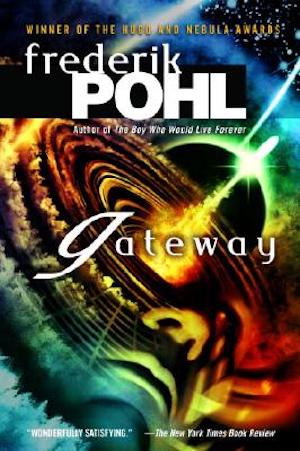
Another contender for the greatest sf novel of all time ™? The unnamed Heechee ship is not so much crash-landed as still in the process—as it is slowly descending down into a black hole. On the hollowed asteroid known as Gateway, Heechee ships depart to unknown destinations and it is up to the human explorers reckless or desperate enough to ride them, finding either untold riches or death along the way. Pohl’s celebrated novel is haunted by Robinette Broadhead’s guilt over abandoning his crewmates on the cusp of the event horizon, as his early days on Gateway come to vivid, unforgettable life on the page.
Marrow in Robert Reed’s Marrow
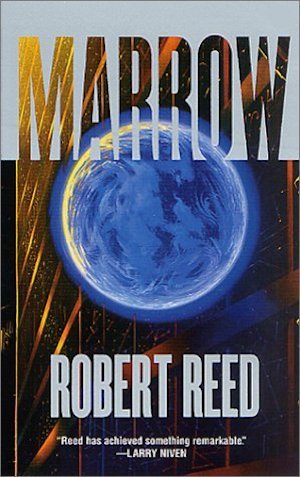
Ok, Marrow isn’t technically a spaceship, but… in Reed’s novel, the Greatship is a gas giant sized intergalactic ship, and humans and aliens live on it as they slowly travel the universe. Only, some hardy human explorers discover the ship hides a secret—more precisely, they discover an entire planet in the core of the Greatship. Which they then get stranded on. Leading them to build a five thousand year old technological civilization from scratch in order to escape, only to discover the planet, which they name Marrow, is a prison to a particularly hostile group of aliens. Who were also keen to escape. It’s one of those great SFnal conceits, and an underrated novel.
Buy the Book
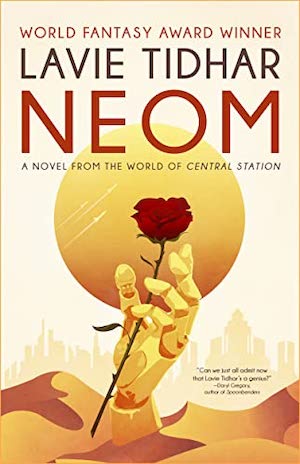

Neom
Lavie Tidhar is the World Fantasy Award-winning author of Osama (2011), The Violent Century (2013), the Jerwood Fiction Uncovered Prize-winning A Man Lies Dreaming (2014), and the Campbell Award-winning Central Station (2016), in addition to many other works and several other awards. He works across genres, combining detective and thriller modes with poetry, science fiction and historical and autobiographical material. His work has been compared to that of Philip K. Dick by the Guardian and the Financial Times, and to Kurt Vonnegut’s by Locus.










